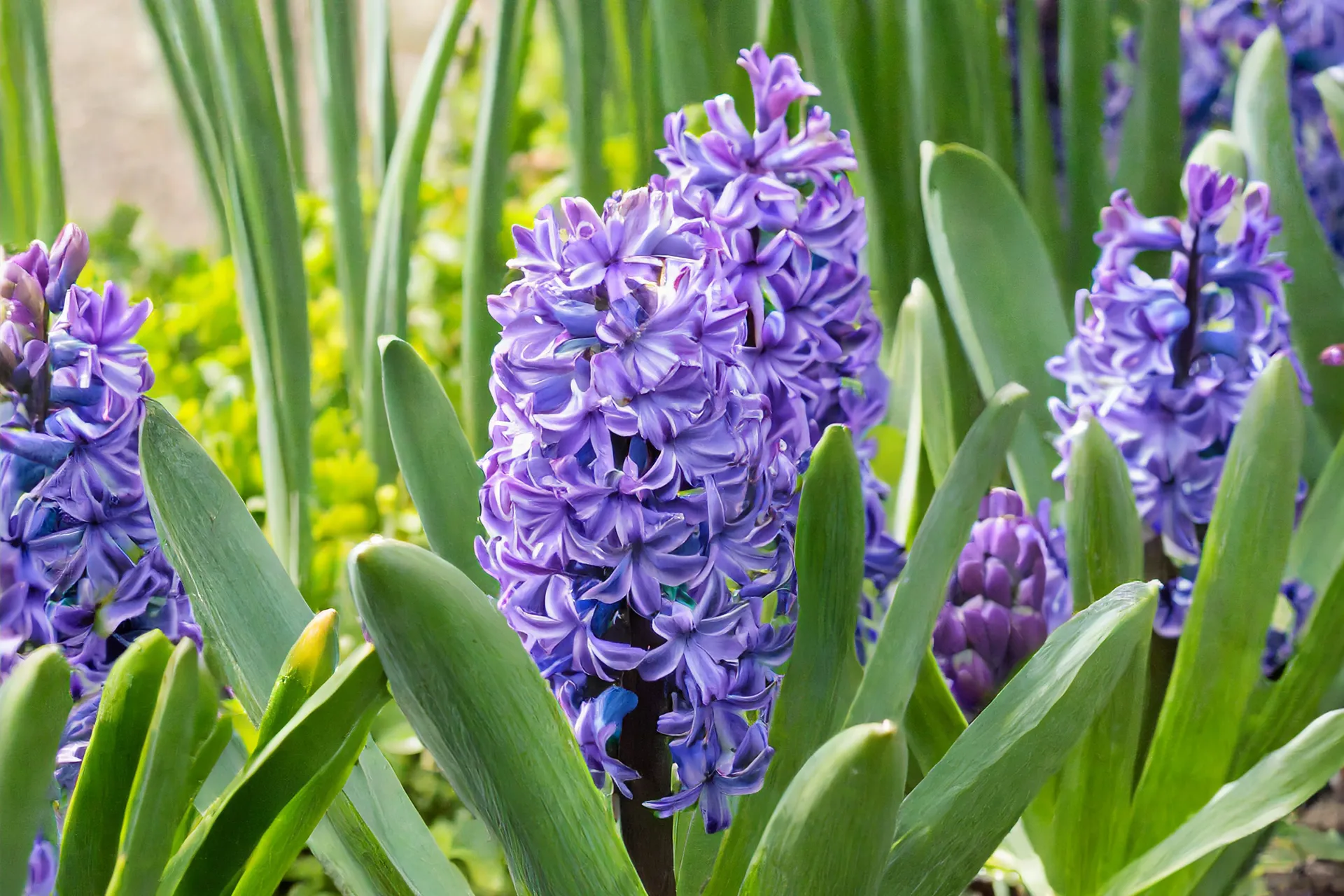This post may contain affiliate links. When you purchase through links on my site, I may earn a commission at no cost to you. See my Privacy Policy for details.
The beauty of spring blooms is a sight that begins with thoughtful planning in the preceding fall. In November, garden enthusiasts find themselves presented with a great opportunity to kickstart the vibrant garden colors of spring. Let’s talk about planting spring bulbs in November, exploring the benefits, the right choices, and the secrets to ensuring a garden bursting with life when the warmer months arrive.
Benefits of Planting Spring Bulbs Early
Early Blooms and Extended Flowering Period
Planting bulbs in November provides a head start for spring flowers. As winter takes hold, the bulbs develop beneath the soil, preparing to grow as temperatures rise. This early planting strategy ensures an extended flowering period, allowing you to get earlier blooms in your garden.
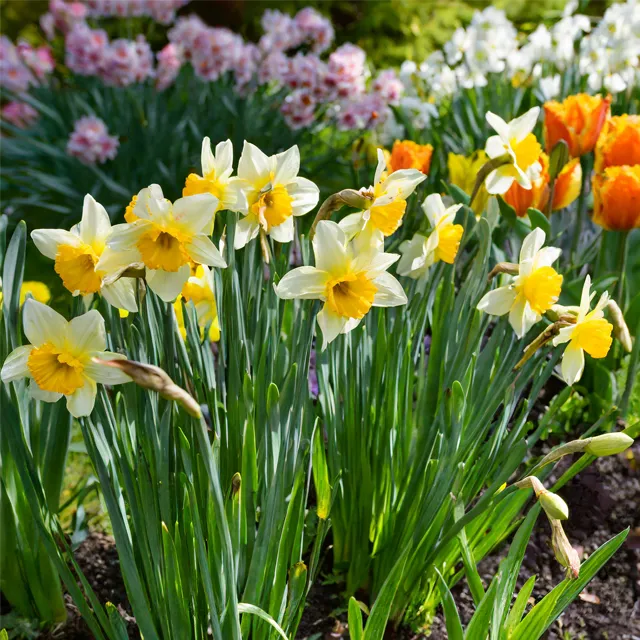
Better Root Development
November planting allows bulbs to establish strong root systems before the ground freezes. This early rooting improves the plants’ overall health and ability to absorb nutrients and water.
Increased Chances of Successful Establishment
Bulbs planted in November have more time to acclimate to their surroundings, increasing the likelihood of successful establishment. These plants are well-prepared to show off their beautiful blooms when spring arrives.
Selecting the Right Bulbs for November Planting
Cold-Hardy Varieties
Choosing cold-hardy bulbs is important for November planting. Look for varieties that can withstand chilly temperatures and even a light frost. Daffodils, tulips, crocuses, and hyacinths are popular choices known for their ability to withstand the cold.
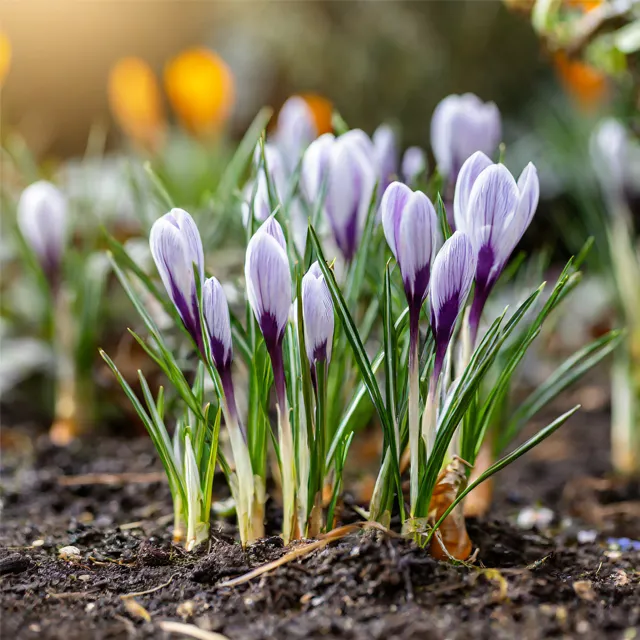
Consideration of Local Climate
Take into account the specific climate of your region when selecting bulbs. Different areas experience varying levels of cold, and choosing bulbs adapted to your local conditions ensures a thriving garden.
Popular Bulb Choices for November
Some bulbs are particularly well-suited for November planting. Daffodils and tulips are classic favorites. Crocuses bring early pops of color, while fragrant hyacinths add a delightful scent to your garden.
Preparation of Garden Bed
Soil Testing and Amendment
Before planting, conduct a soil test to assess its composition and pH. Most bulbs prefer well-draining soil with a slightly acidic to neutral pH. Amend the soil with organic matter to enhance its fertility and structure.
Proper Spacing and Depth for Planting
Follow specific spacing and planting depth guidelines for each type of bulb. Generally, bulbs should be planted at a depth equal to three times their height. Proper spacing ensures that each bulb has enough room to grow without competition from neighboring plants.
Planting Techniques for Different Bulbs
Tulips, Daffodils, Crocuses, and Hyancinths
Each type of bulb requires specific planting techniques for optimal growth. Tulips should be planted pointy side up, allowing the shoots to grow straight up.
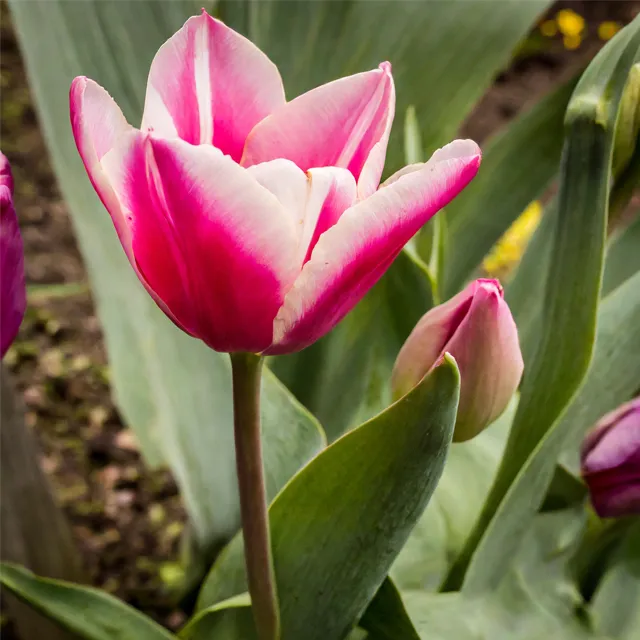
Daffodils prefer slightly deeper planting holes. Proving these bulbs with a bit more depth in the soil encourages strong root development and enhances their ability to withstand varying weather conditions.
Crocuses prefer a shallower planting depth. Crocuses are usually planted in clusters so they bloom together in tight bunches.
Hyacinths have their unique requirements. Hyacinth bulbs thrive when planted at a moderate depth. They have a beautiful fragrance when blooming so plant in an area where you can enjoy their scent.
Tips for Optimal Planting Conditions
Make sure the planting area receives adequate sunlight, as most bulbs thrive in sunny locations. Water the newly planted bulbs thoroughly to help settle the soil and initiate growth.
Caring for Spring Bulbs Throughout Winter
Mulching and Protection from Extreme Temperatures
Once planted, cover the bulb bed with a layer of mulch to insulate the soil and protect the bulbs from extreme temperature fluctuations. Mulch acts as a buffer, preventing sudden temperature changes that can damage the emerging shoots.
Watering Guidelines During Dormancy Periods
While bulbs are dormant during winter, they still require occasional watering. Check the soil moisture regularly and provide supplemental water during dry spells. Avoid excessive watering, as bulbs may rot in waterlogged soil.
Early Spring Maintenance
Removing Mulch
As spring approaches, carefully remove the mulch from the bulb bed. This allows the soil to warm more quickly, prompting the bulbs to emerge. Be gentle to avoid damaging any emerging shoots.
Fertilization and Additional Care
Apply a balanced fertilizer once the shoots appear above the soil. Follow the recommended dosage on the fertilizer package. Continue regular watering and monitor for signs of pests or diseases.
Combining Spring Bulbs with Other Plants
Enhance the visual appeal of your garden by combining spring bulbs with other plants. Consider the height, color, and bloom time of surrounding plants when designing your flower beds.
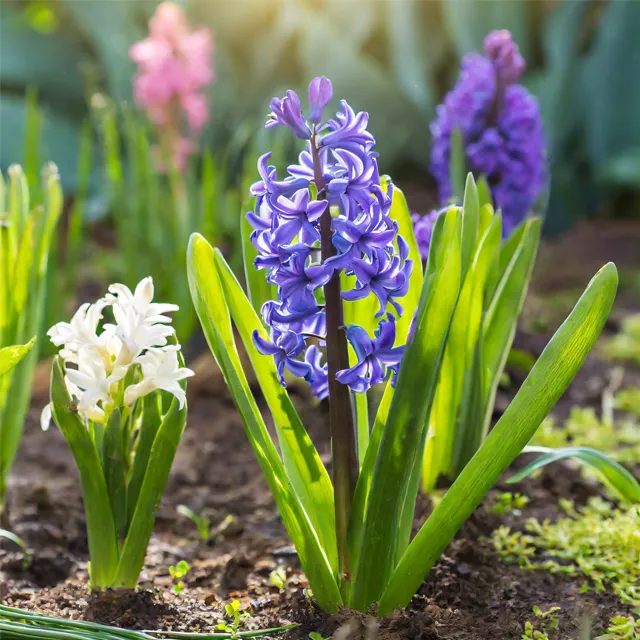
Companion Planting for Enhanced Garden Aesthetics
Explore companion planting to maximize the impact of your bulb garden. Pairing bulbs with companion plants with similar care requirements can create a more balanced and visually stunning landscape.
Landscaping Ideas with Spring Bulbs
Designing Flower Beds with Varying Heights
Create dynamic flower beds by incorporating bulbs with varying heights. Plant taller bulbs, such as tulips, toward the back of the bed and shorter bulbs, like crocuses, toward the front. This layering adds depth and visual interest.
Incorporating Bulbs into Existing Garden Layouts
Integrate bulbs seamlessly into existing garden layouts. Plant them around shrubs, in perennial borders, or even in containers. This allows you to enjoy the beauty of spring bulbs throughout your entire garden.
Dealing with Common Issues
Pests and Diseases
Monitor your garden for common pests like squirrels and rodents, which may dig up bulbs. Use deterrents to safeguard your planting efforts. Look for signs of diseases, such as bulb rot, and promptly address any issues.
Troubleshooting Common Growth Problems
If your bulbs aren’t performing as expected, troubleshoot potential issues. Check for proper planting depth, soil drainage, and sunlight exposure. Adjust care practices accordingly to encourage healthier growth.
Planting spring bulbs in November is not just a garden task, it’s a great way to prepare your garden for a beautiful spring. Your careful selection of bulbs and how you nurture them throughout winter can create a stunning display of beauty. Take the time to plan your bulb purchases for a colorful spring display.

